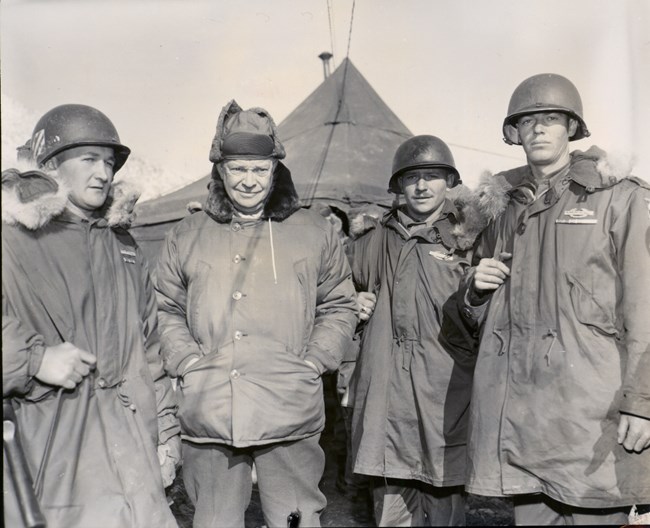
U.S. Army Photo, Courtesy of the Eisenhower Presidential Library "A soldier all my life, I have enlisted in the greatest cause of my life, the cause of peace. I do not believe it is a presumption to call the effort of all who have enlisted with me a crusade."Dwight D. Eisenhower, remarks in Detroit, Michigan, October 24, 1952. 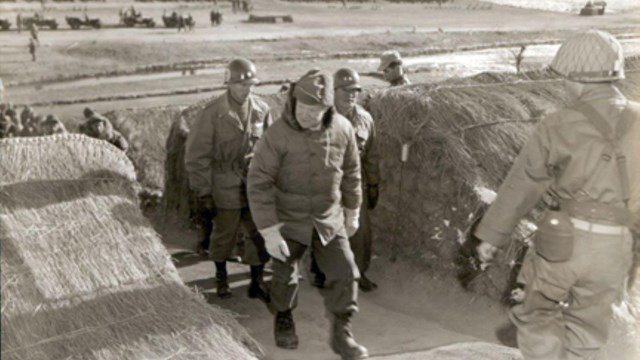
A Crusade for Peace Winter Lecture
Discover more on Eisenhower's trip to Korea with this special winter lecture program from February 2023. 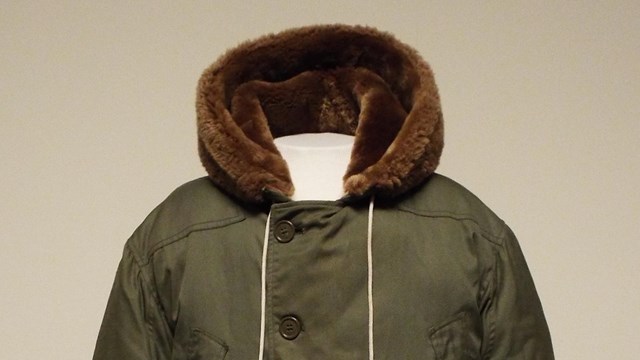
Eisenhower's Korea Parka
See the original parka that Eisenhower wore during his trip to Korea, now part of the ENHS museum collection 
Eisenhower and the Korean War
The Korean War was a defining moment in Dwight Eisenhower's presidency. Explore that story further here. 
Korea in Gettysburg National Cemetery
Explore stories of servicemembers who fought and died in Korea who are buried in Gettysburg National Cemetery. 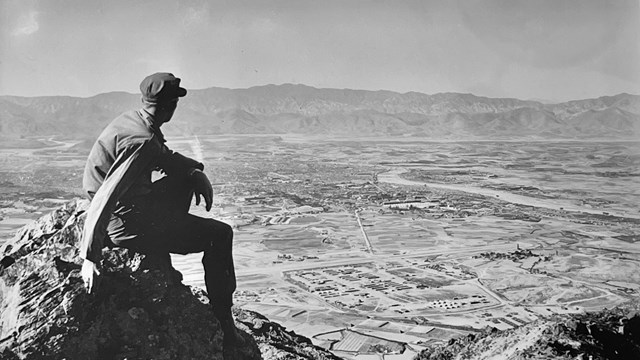
Korean War veteran Richard Witham
Hear from Richard Witham, a Korean War veteran, and see his unpublished photographs from Korea. 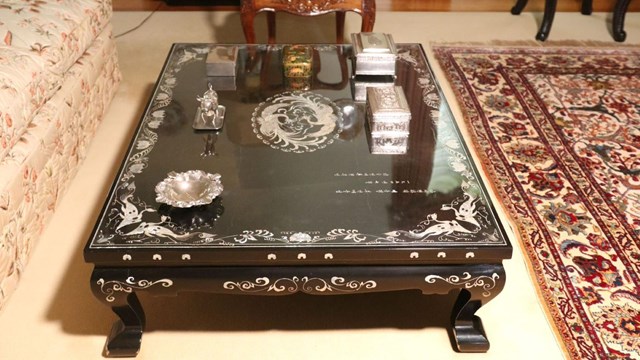
Korea in the Eisenhower Home
Explore items related to the Korean War on display in the Eisenhower home. Articles on the Korean War |
Last updated: June 10, 2025
